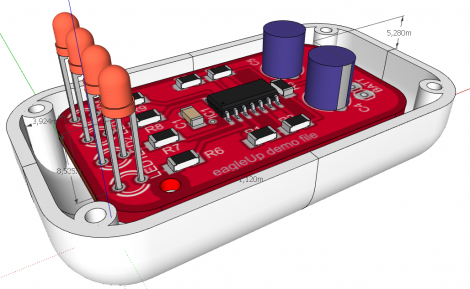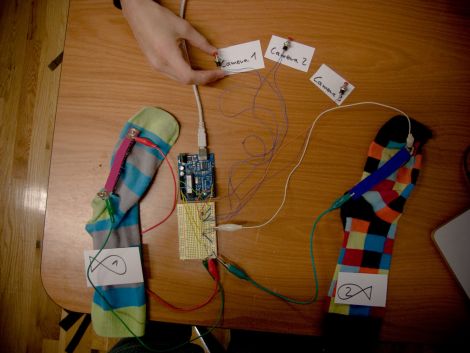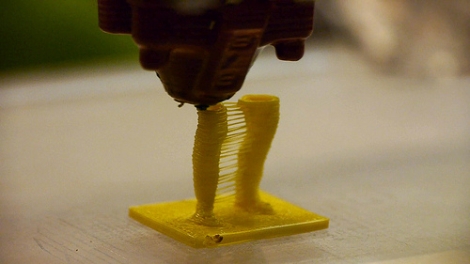With the introduction of the Kinect, obtaining a 3D representation of a room or object became a much easier task than it had been in the past. If you lack the necessary cash for one however, you have to get creative. Both the techniques and technologies behind 3D scanning are somewhat complicated, though certainly still within reach as maker [Shikai Chen] shows us. (Google Translation)
He wanted to create 3D scanned images, but he didn’t have the resources to purchase a Kinect. Instead, he built his own scanner for about 1/6th the cost. Interestingly enough, the scanner resembles what you might imagine a very early Kinect prototype looked like, though it functions just a little bit differently than Microsoft’s creation. The scanner lacks any sort of IR emitter/camera combo, opting to use a laser and a USB VGA camera instead. While scanning, the laser shines across the target surface, and the reflected light is then picked up by the camera.
So how does this $25 DIY laser scanner measure up? Great, to be honest. Check out the video below to see how well his scanner works, and be sure to take a look through his second writeup (Google Translation) as well for more details on the project.
[via Seeedstudio]
[youtube=http://www.youtube.com/watch?v=jLZ-s9KRzG8&feature=player_embedded&w=470]





















